It was about five years ago, as I was turning 30, when I became interested in learning more about Chinese American history and culture. Sure, there was an element of root-seeking involved, but I was motivated more by a desire to explore the vast body of language, culture, history and food that had eluded me to that point.
I’m careful to specify my interest in Chinese American culture. The wellspring of Chinese culture comes from China, of course, but I grew up in the United States and I was most intrigued by events and experiences here, by the adaptation of customs from the old country to a land of Costco, Coca Cola and Super Bowl tailgating.
I wasn’t starting flatfooted. After all, I regularly visited Chinatown, cooked plenty of Chinese food and had even taken Chinese language classes in college. But these efforts were a bit like spinning tires on ice or trying to play jazz without knowing the scales. They were scattered, diffuse and didn’t stick.
I’m frequently reminded of my experience when I’m asked by people today, “How do I get started?” Maybe they’ve recently adopted a child from China or they’re about to marry into a Chinese family. They want to deepen their connections as adults, like I did, or teach their Chinese American teenagers about traditional customs when no one in the family was actually born in China.
Taking action is certainly important and the majority of this site is dedicated to simple steps you can take to incorporate Chinese culture into daily life. But sometimes it helps to slow down and read for a moment, before running off to Chinatown, visiting a museum or cooking a big Chinese meal.
For me, it wasn’t until I read Iris Chang’s The Chinese in America that I could put what I saw day-to-day into context against the broader sweep of Chinese American history. More recently, Rosemary Gong’s Good Luck Life helped me better understand the annual rhythms of Chinese American celebrations and customs. Finally, Nina Simonds’ Moonbeams, Dumplings & Dragon Boats helped me appreciate the very simple ways that Chinese culture could be brought into family life through storytelling, activities and crafts.
Before taking any action to connect with Chinese culture, I’d suggest paging through these three books. Check them out from your local library or buy them from Amazon and they’ll soon occupy a permanent place on your reading list.
The Chinese in America
Iris Chang’s The Chinese in America is the best and most comprehensive narrative history of the Chinese experience in the United States that I’ve found yet. It’s an epic story spanning 150 years (and counting) that covers events from the California Gold Rush through present day. Best yet, there’s a lot to be proud of in this book including contributions to American life, efforts to overcome discrimination and everyday immigrant stories about working to succeed in a new country. You’ll receive amazing historical context from this book and so much of the contemporary Chinese American experience will come alive and make sense.
» Read Reviews and Buy at Amazon.com
Good Luck Life
Rosemary Gong’s Good Luck Life offers a complete overview of Chinese holidays and traditions as they’re celebrated here in the United States. She covers all the big holidays like Chinese New Year, Dragon Boat Festival and Mid-Autumn Festival, along with important customs for events like weddings, funerals and birthdays. The book is full of practical information about planning for major celebrations with a distinctly American perspective. Prices are quoted in dollars, shopping is done in Chinatown and the book’s voice gently assumes that you’re new to the topics discussed. Reading Good Luck Life helps you understand the cadence of the Chinese year, rather than as a series of isolated events occurring within the American calendar.
» Read Reviews and Buy at Amazon.com
Moonbeams, Dumplings & Dragon Boats
Nina Simonds’ Moonbeams, Dumplings & Dragon Boats is filled with holiday stories, activities and recipes geared for children. Where The Chinese in America and Good Luck Life provide broad overviews of Chinese culture in America, this book simplifies each celebration into a set of easily actionable steps. Holiday folklore is written in the style of a children’s story, recipes are broken down into afternoon projects and simple crafts are provided to help kids act out what they’ve learned. It’s all very accessible, but exactly the type of information that would feel isolated without the context of the other two books.
» Read Reviews and Buy at Amazon.com
Now, these books carry the limitations of the medium. They’re static and lack a lot of rich media like photos, video and music. I hope you’ll check them out and then return to this site for timely updates as life unfolds during the year.
Reading these three books together will help lift the fog from Chinese American culture and history, almost none of which is taught in schools and which is commonly stereotyped or poorly understood by the media. You’ll also be ready to put a lot more Chinese culture into practice in your own life, equipped with information and context that will make your actions stick.
Your turn! What are your favorite books about Chinese American history and culture? I’d love to hear from you in the comments section below!
HT: Photo via Panahon.tv.
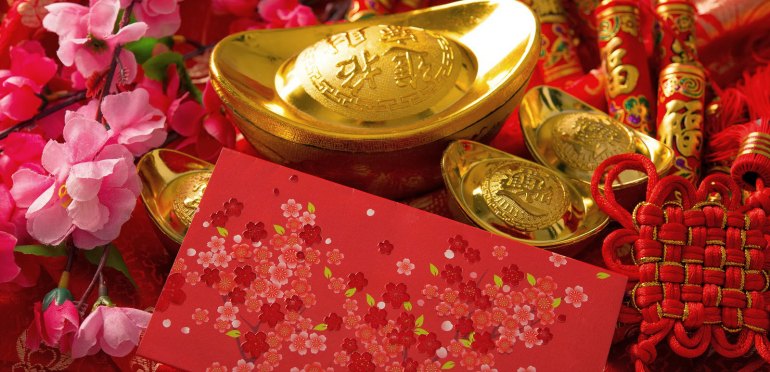
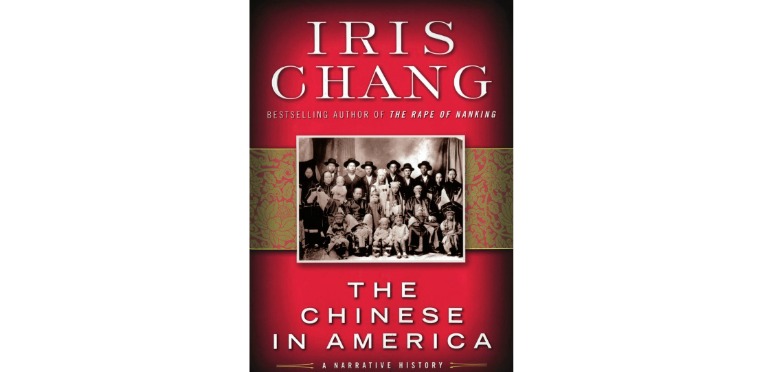
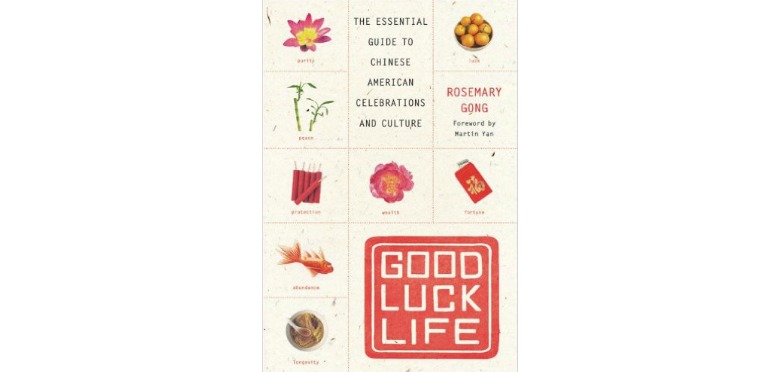
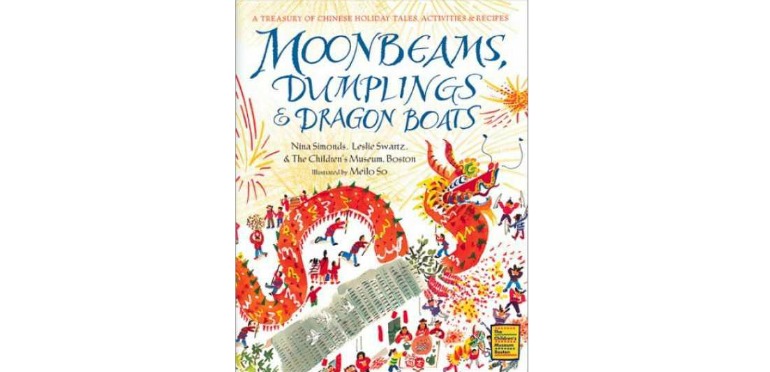

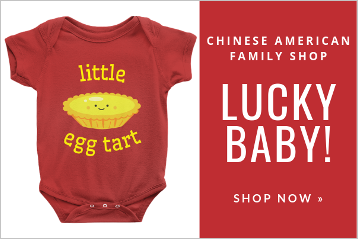

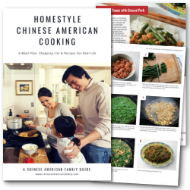
Leave a Reply